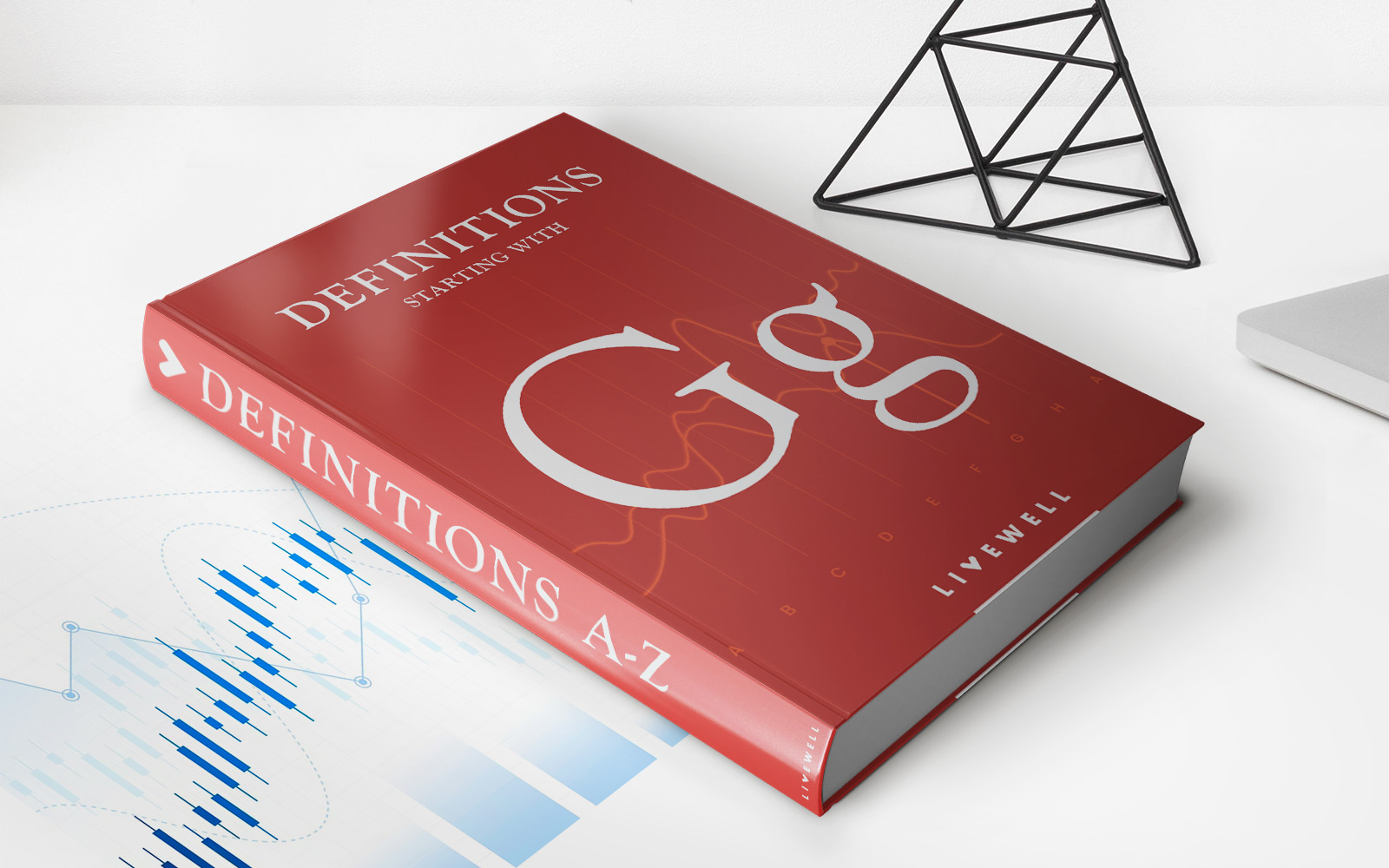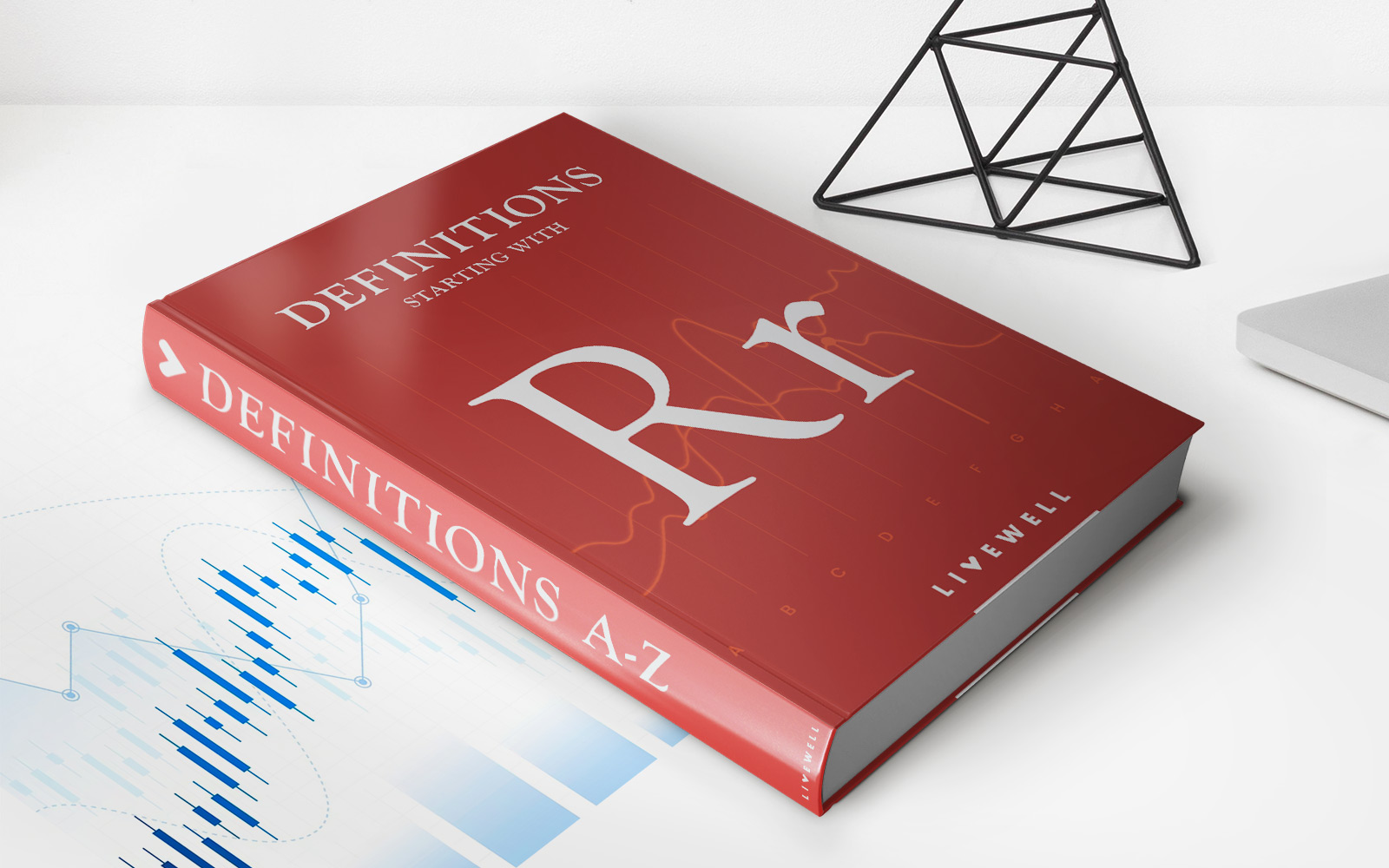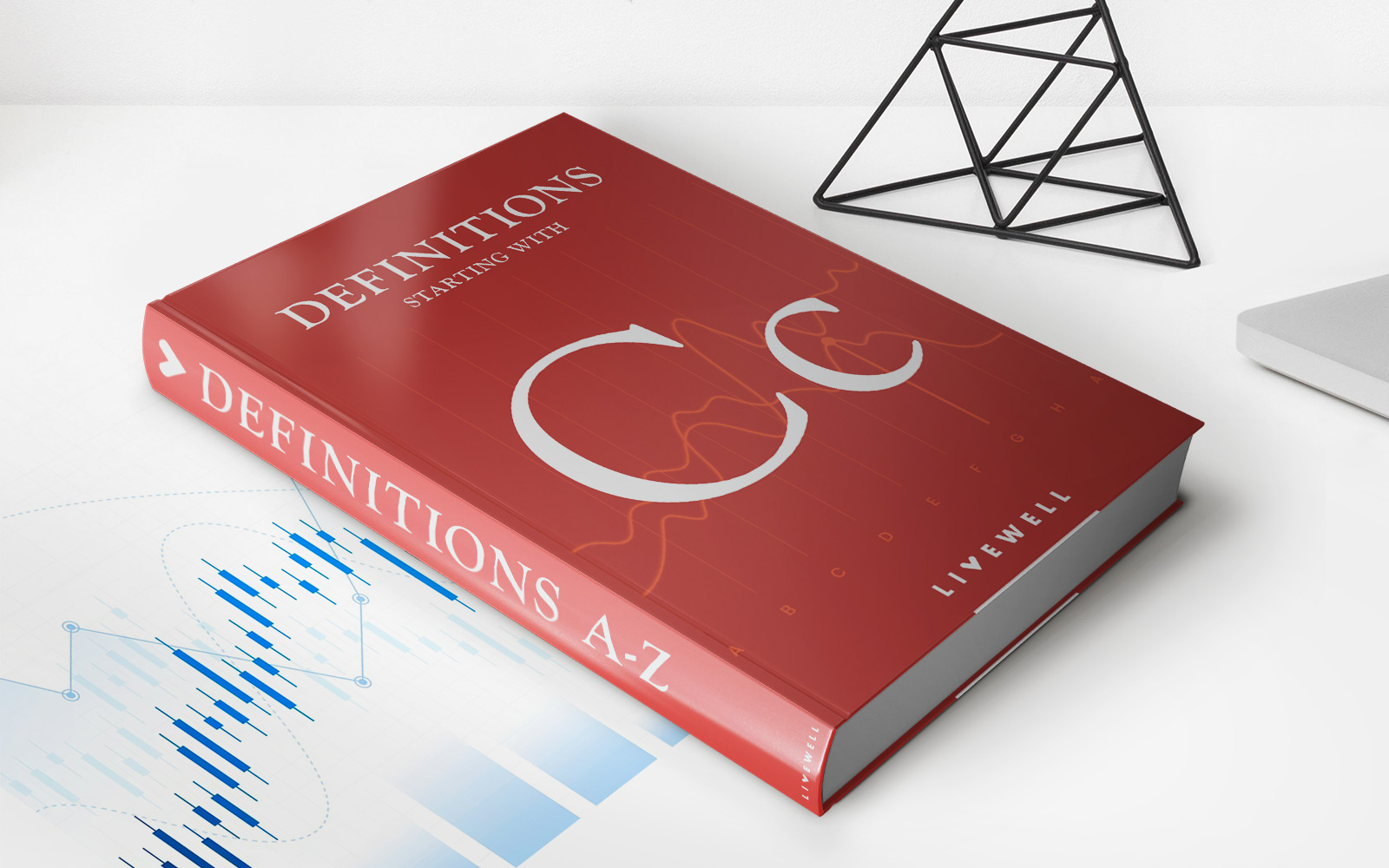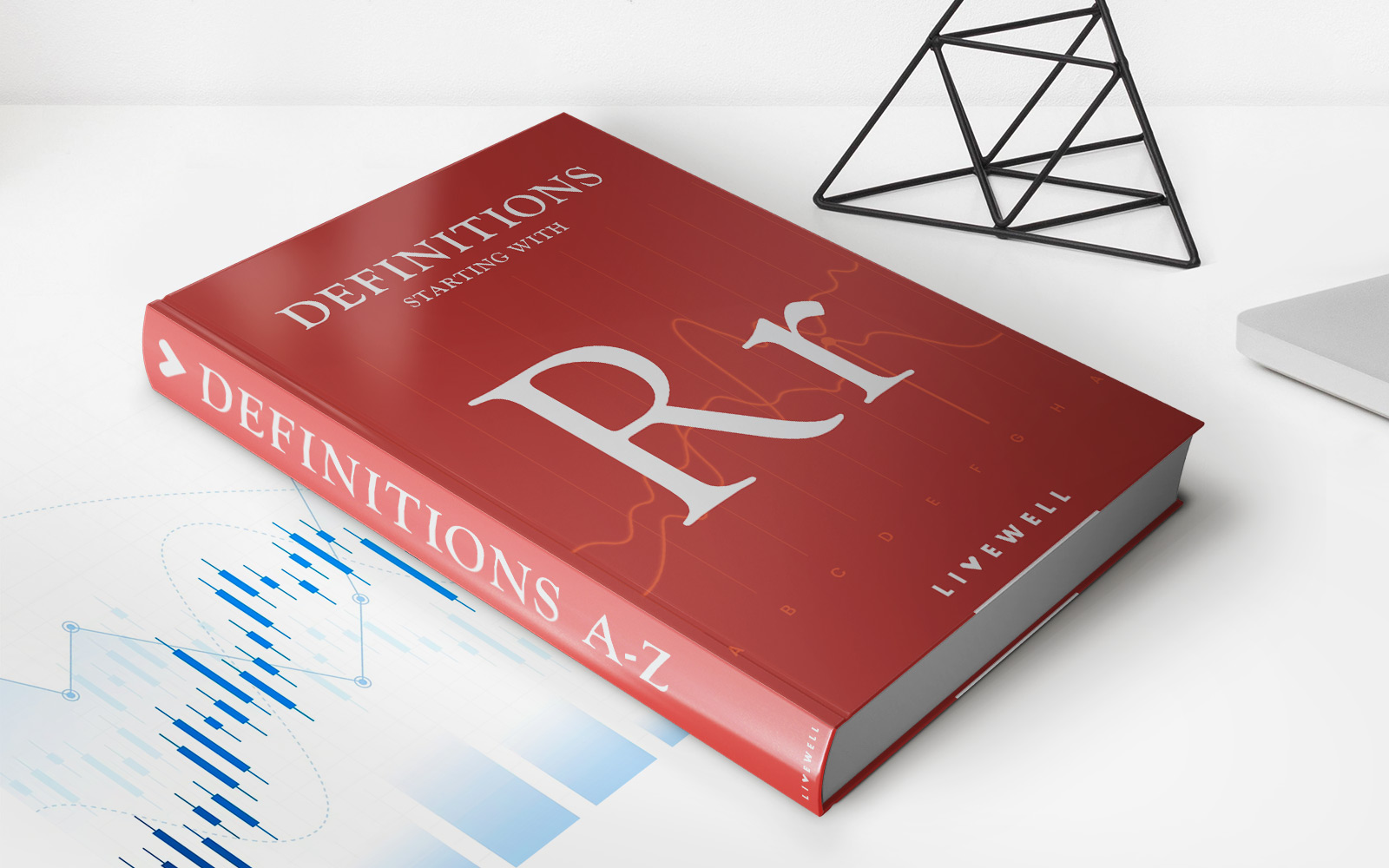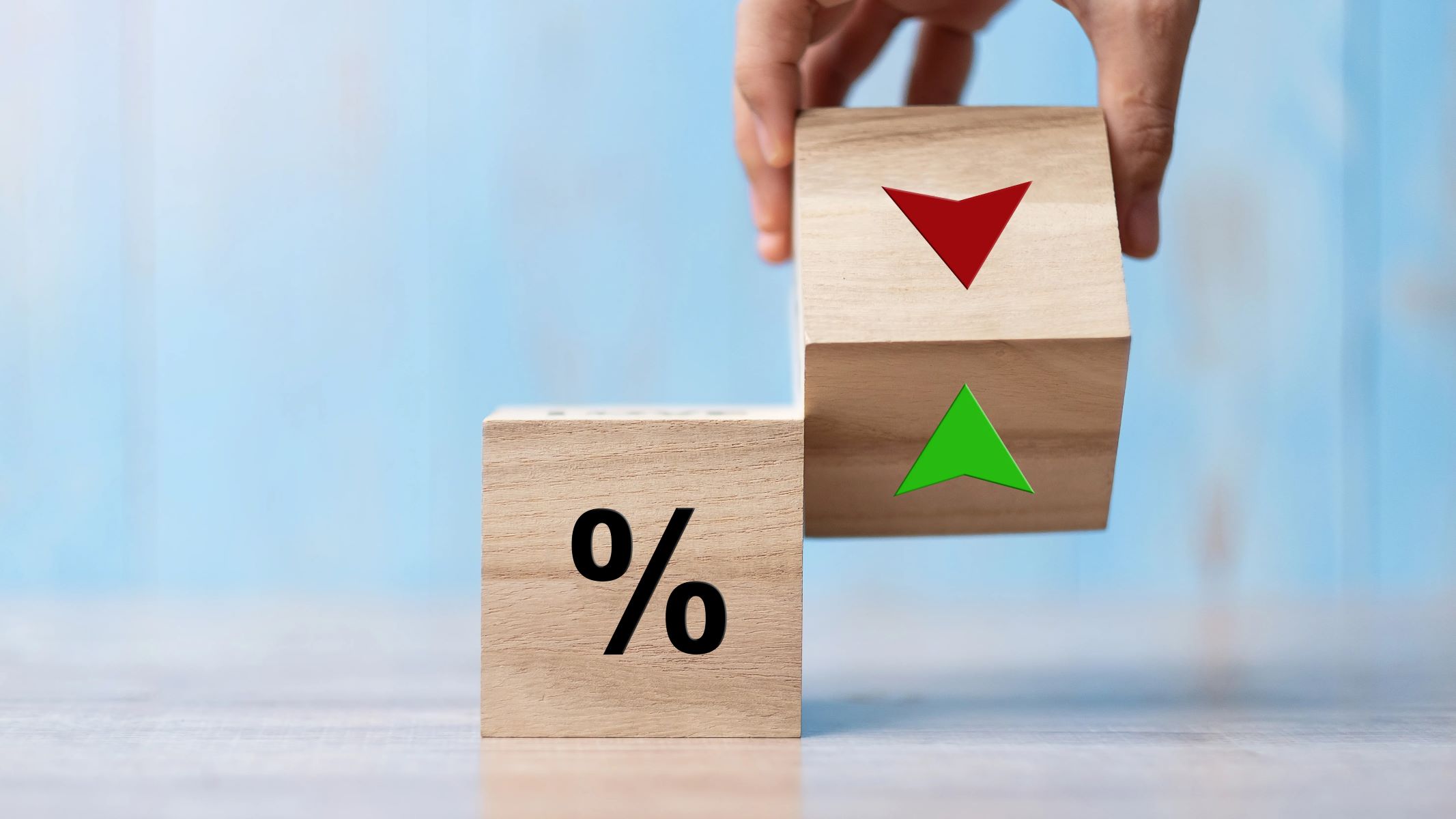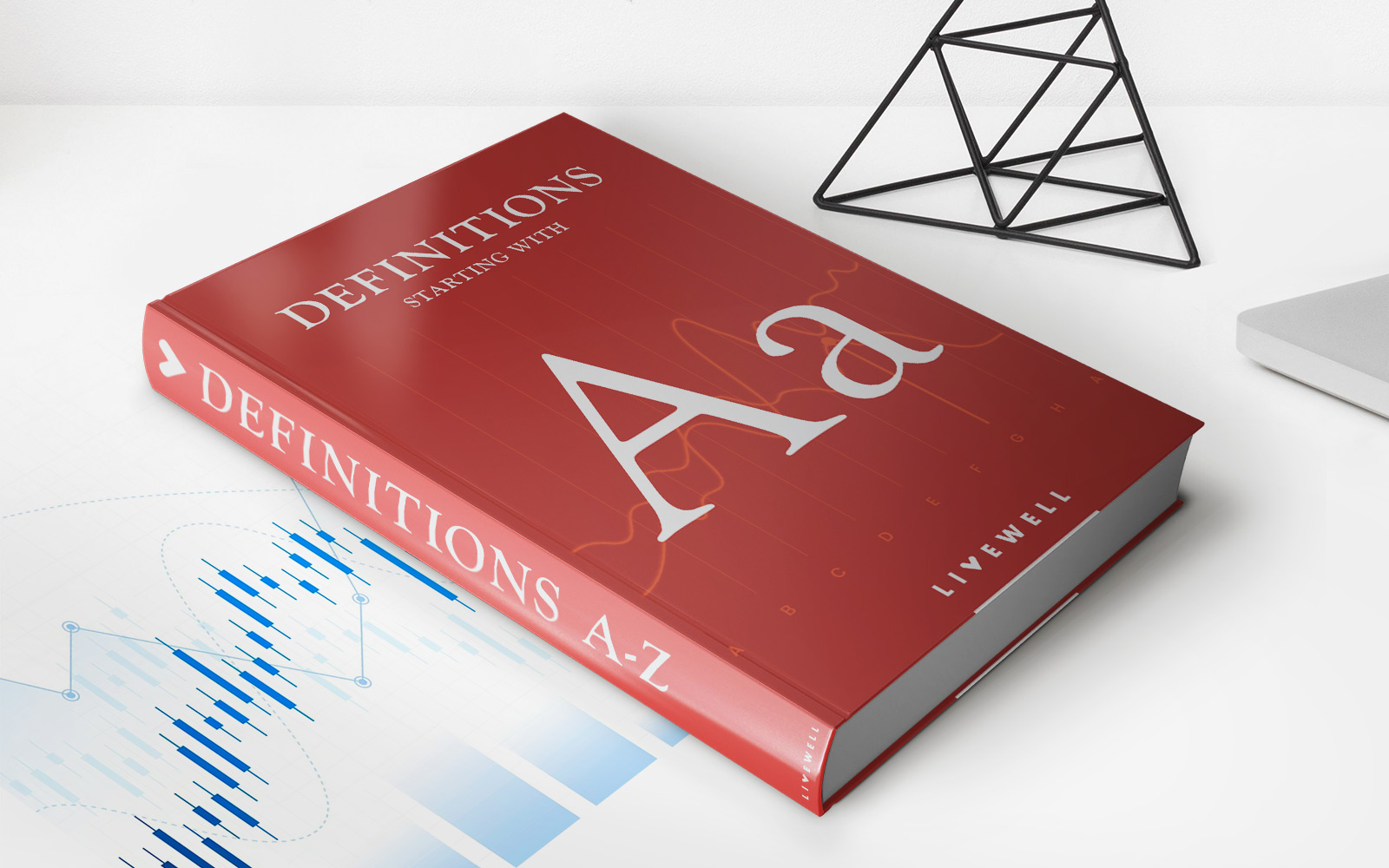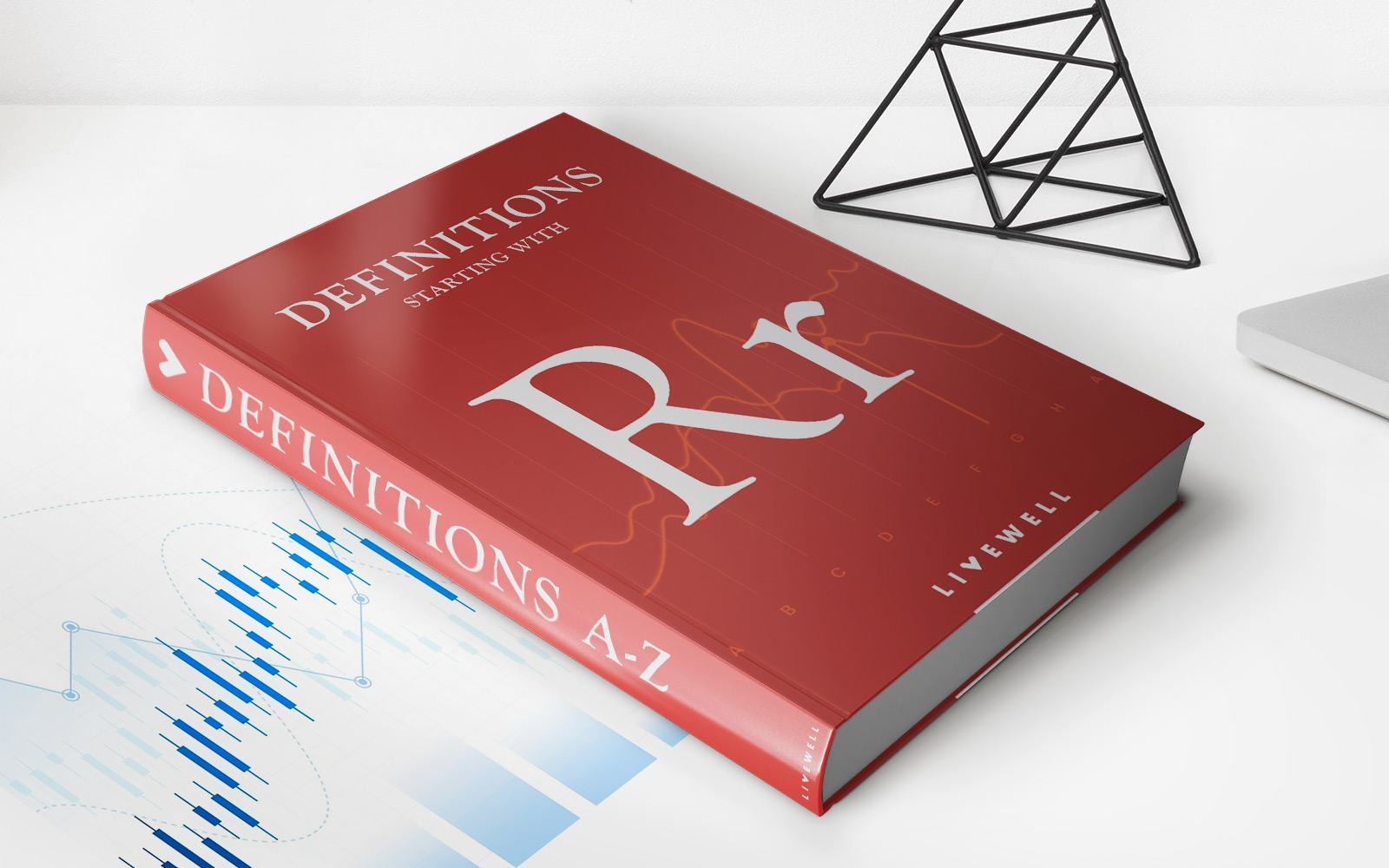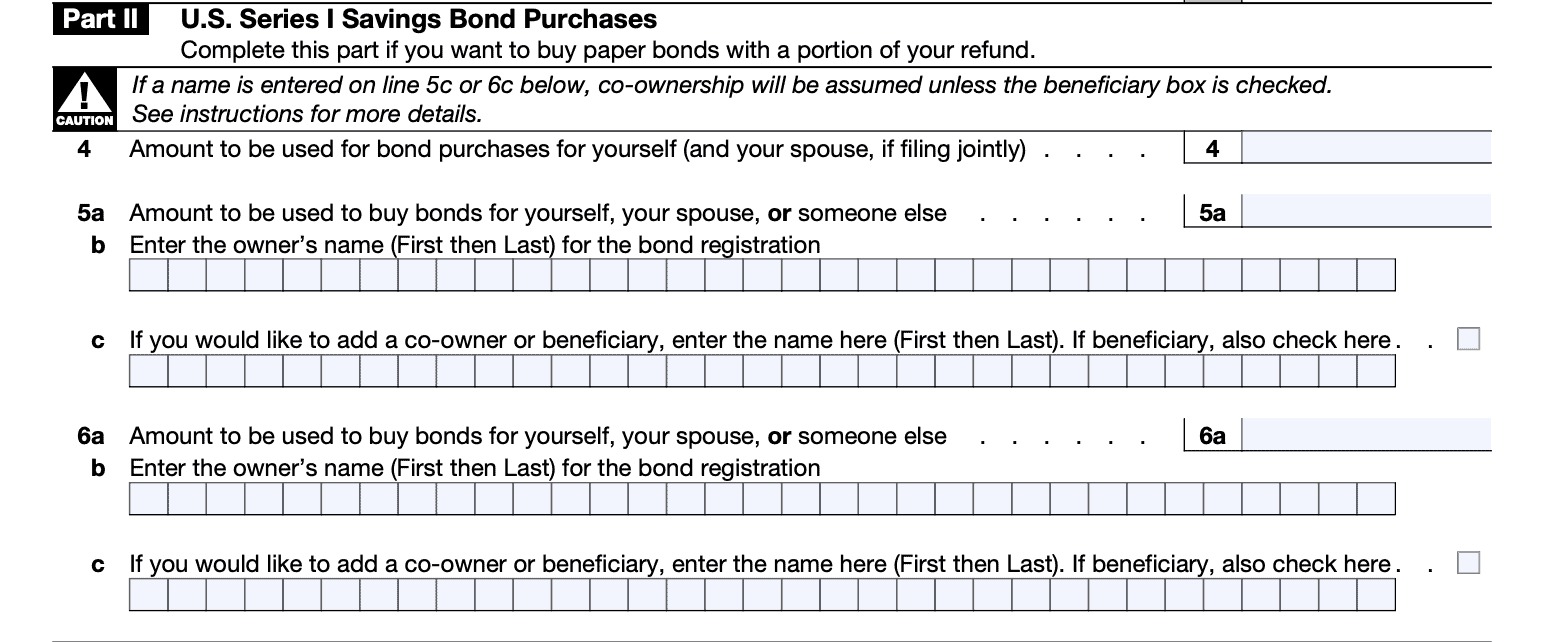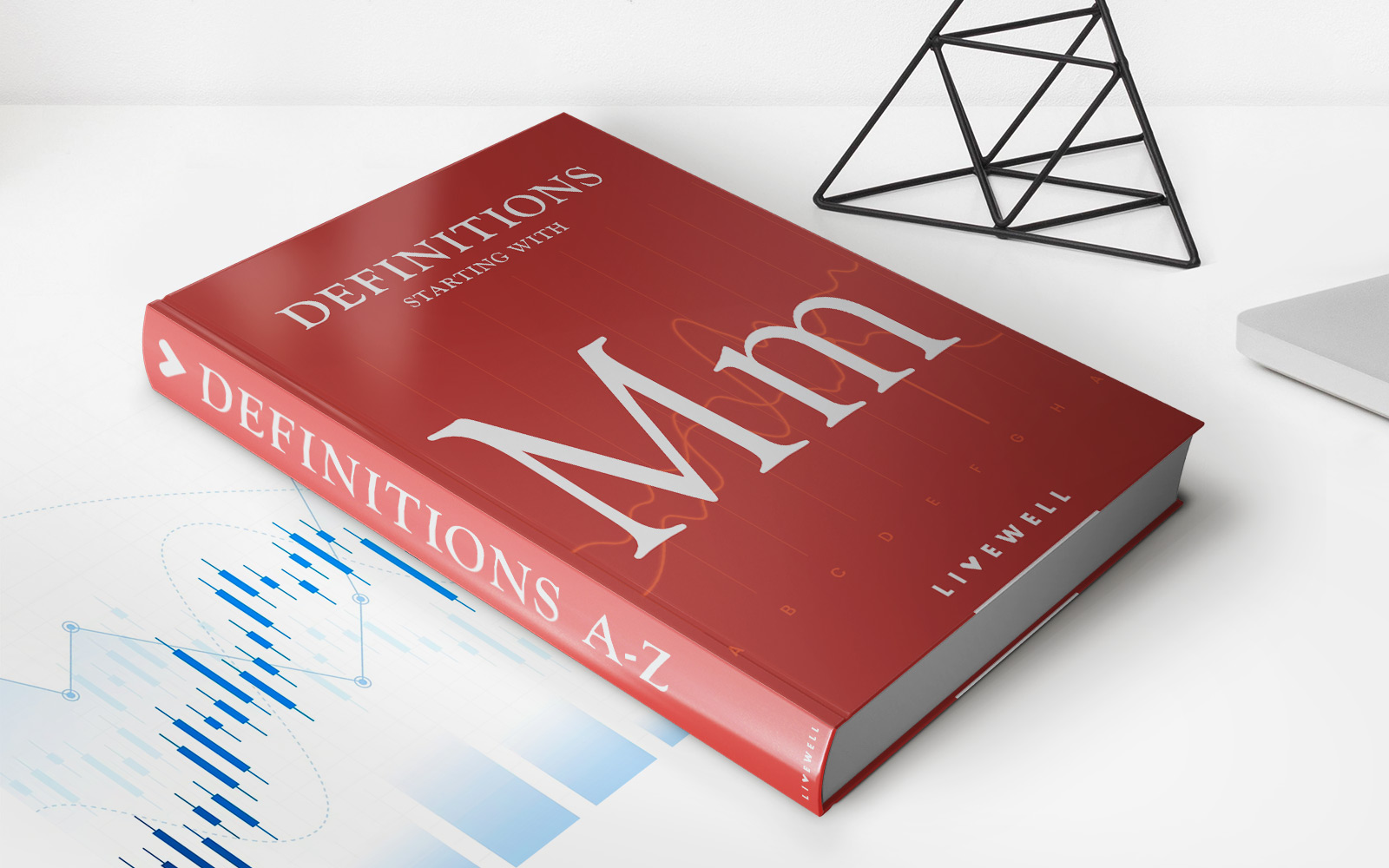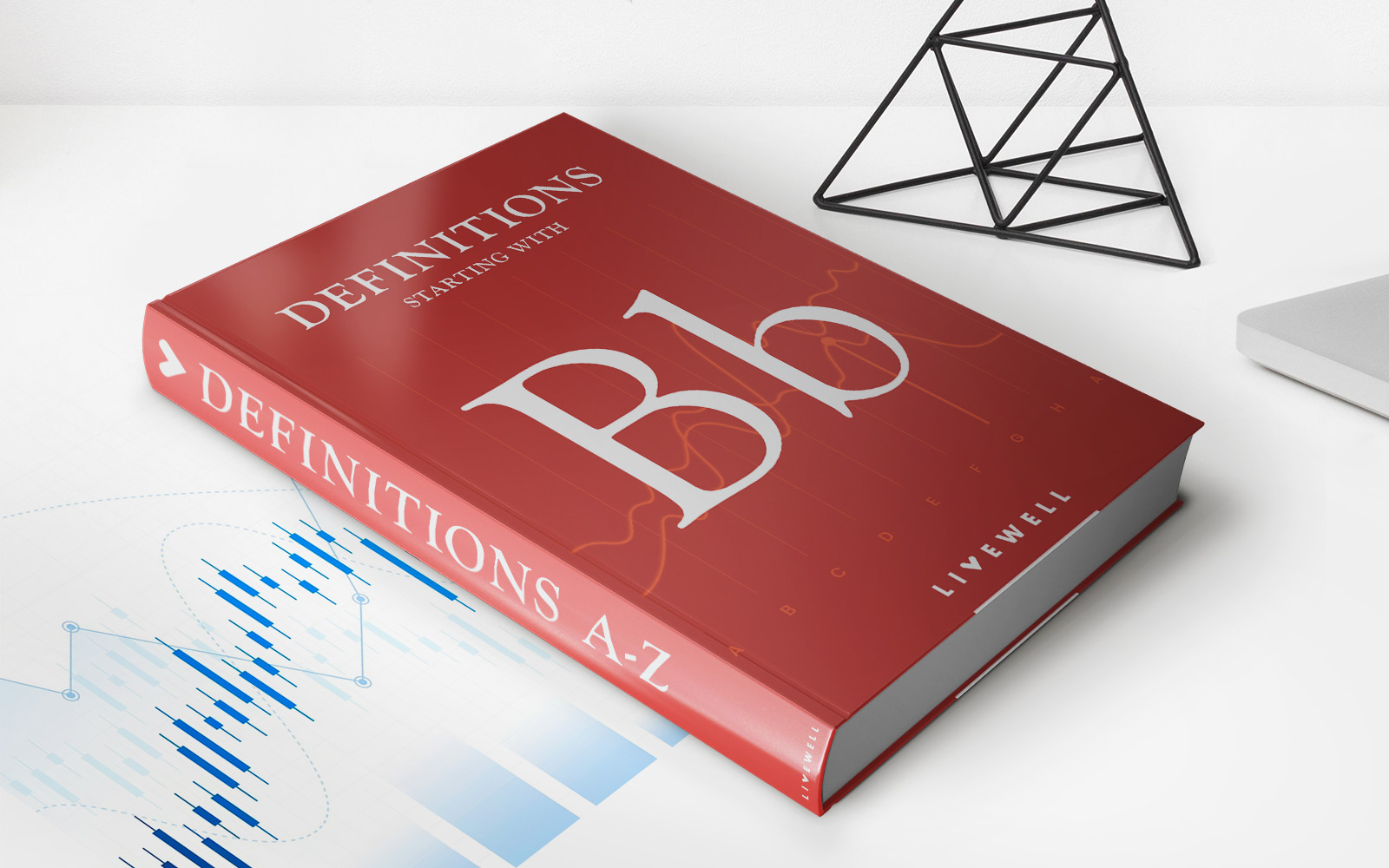Home>Finance>Invested Capital: Definition And How To Calculate Returns (ROIC)
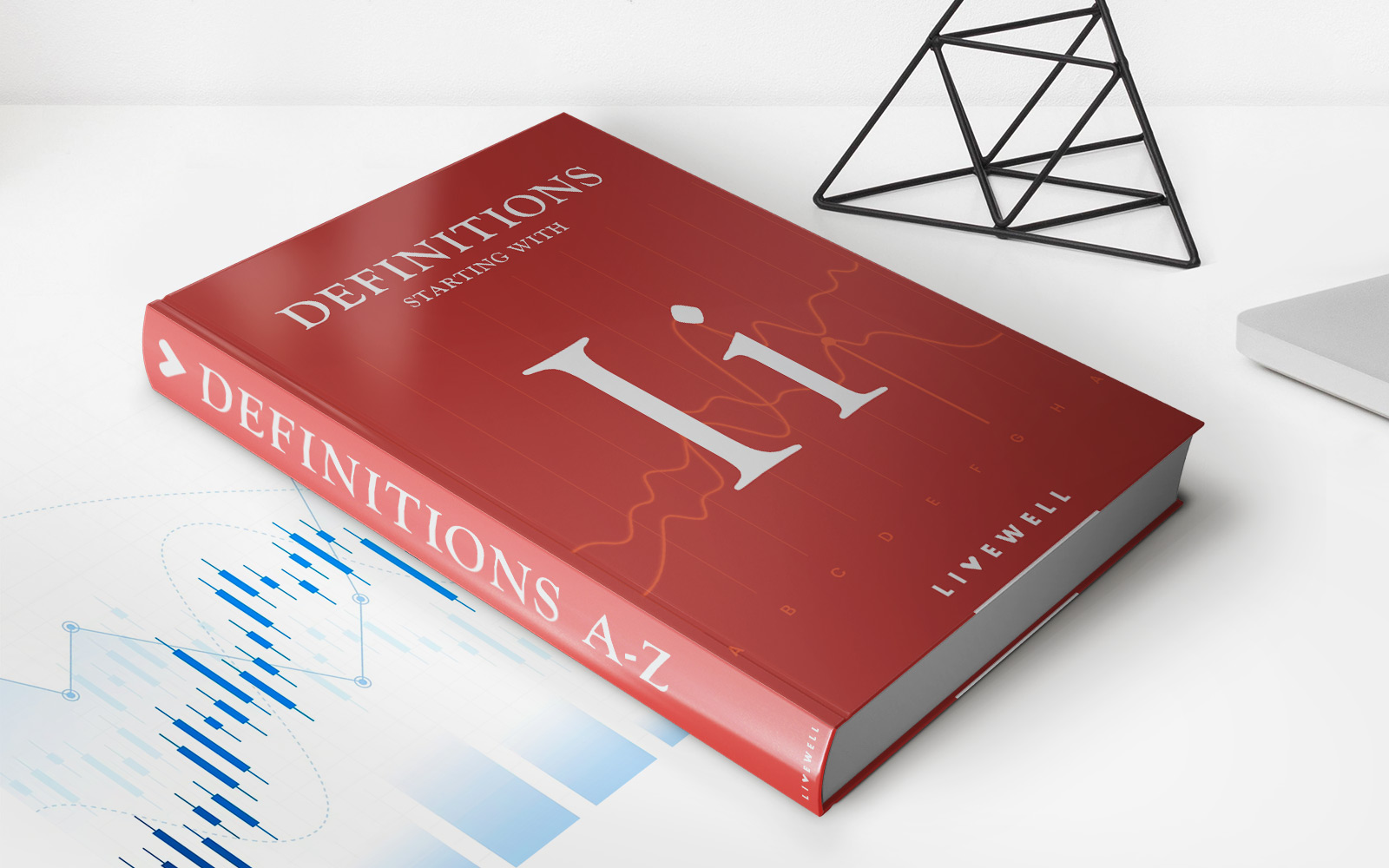

Finance
Invested Capital: Definition And How To Calculate Returns (ROIC)
Published: December 12, 2023
Learn the definition of invested capital and how to calculate returns on invested capital (ROIC) in the finance industry.
(Many of the links in this article redirect to a specific reviewed product. Your purchase of these products through affiliate links helps to generate commission for LiveWell, at no extra cost. Learn more)
What is Invested Capital?
When it comes to understanding finance, one key concept that every investor should be familiar with is invested capital. Invested capital is the total amount of money that a company has invested in its operations, assets, and other resources. It represents the capital that a company uses to generate profits and grow its business.
Key Takeaways:
- Invested capital comprises the total amount of money that a company has invested in its operations and assets.
- It includes both equity and debt that a company has raised in order to fund its activities.
Invested capital is an important metric for both company executives and investors as it helps to determine the company’s ability to generate returns on the capital invested. This is where the concept of Return on Invested Capital (ROIC) becomes crucial.
How to Calculate Return on Invested Capital (ROIC)
Return on Invested Capital (ROIC) is a financial ratio that measures how efficiently a company utilizes its invested capital to generate profits. It provides insight into the company’s ability to generate returns for its investors.
The formula to calculate ROIC is as follows:
ROIC = Net Operating Profit After Taxes (NOPAT) / Invested Capital
To calculate ROIC, you need two key components:
- Net Operating Profit After Taxes (NOPAT): This is the company’s operating profit after subtracting taxes. It represents the profit generated by the company’s core operations.
- Invested Capital: This is the total amount of money that the company has invested in its operations and assets. It includes both equity and debt, as mentioned earlier.
Once you have obtained these two figures, you simply divide NOPAT by Invested Capital to get the ROIC percentage.
Why Is ROIC Important?
ROIC is important because it provides insights into a company’s ability to generate profit from the capital it has invested. Companies with a higher ROIC are deemed more efficient in utilizing their capital and are often considered attractive investment opportunities.
Here are two key takeaways to keep in mind:
- A high ROIC indicates that a company is generating significant profits from its invested capital. This could be a positive sign for investors as it suggests that the company is using its resources effectively.
- Comparing ROIC to the company’s cost of capital can help investors assess whether the company is creating value. If the ROIC exceeds the cost of capital, it indicates that the company is generating returns that exceed the expectations of its investors.
Understanding invested capital and ROIC is essential for investors to make informed decisions about where to allocate their funds. By analyzing these metrics, investors can evaluate a company’s efficiency in utilizing its capital and assess its potential for long-term profitability.
So, the next time you come across financial reports or company analysis, be sure to pay attention to the invested capital and ROIC, as they can provide valuable insights into a company’s financial health and its ability to generate returns on the capital invested.

